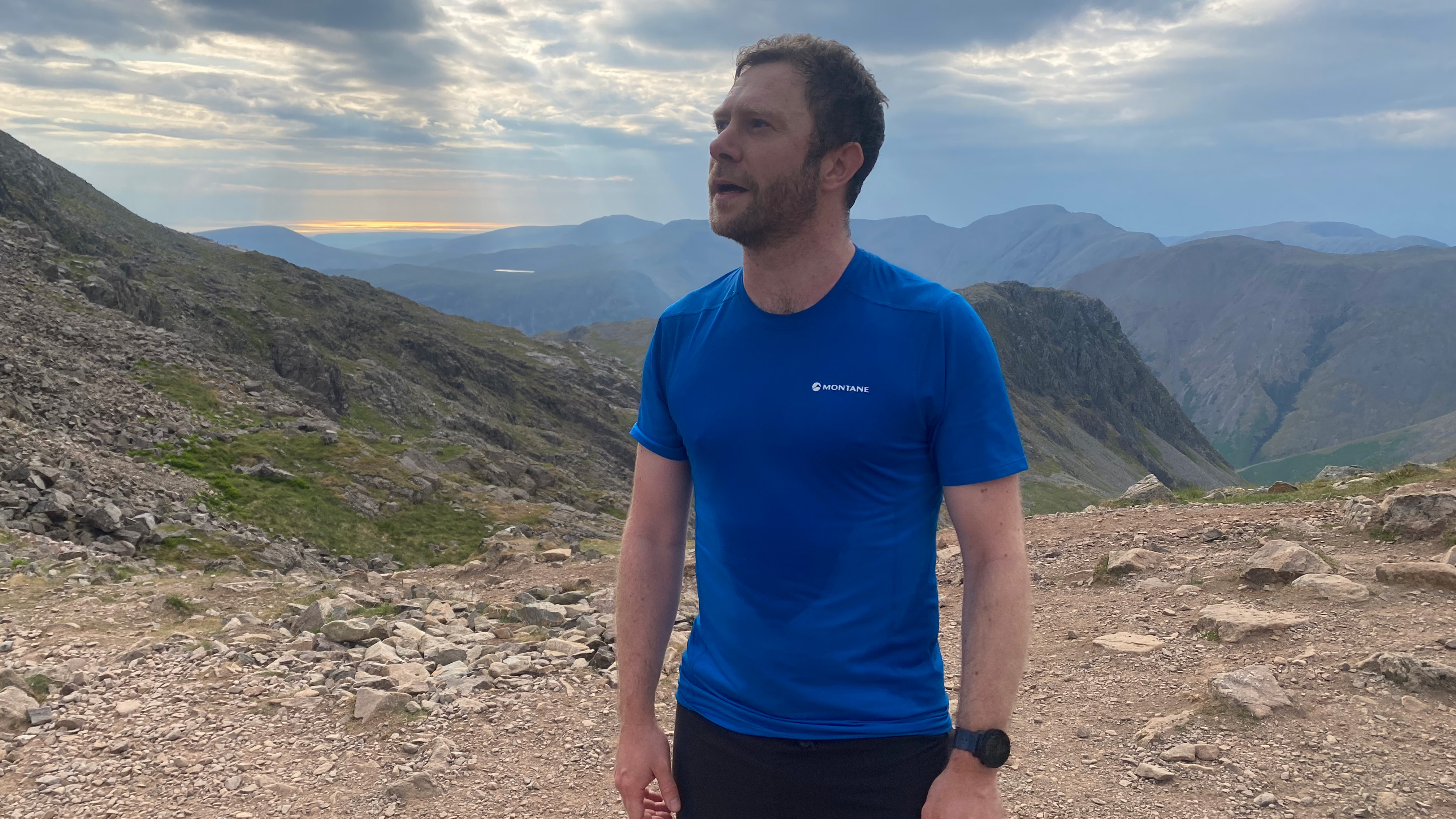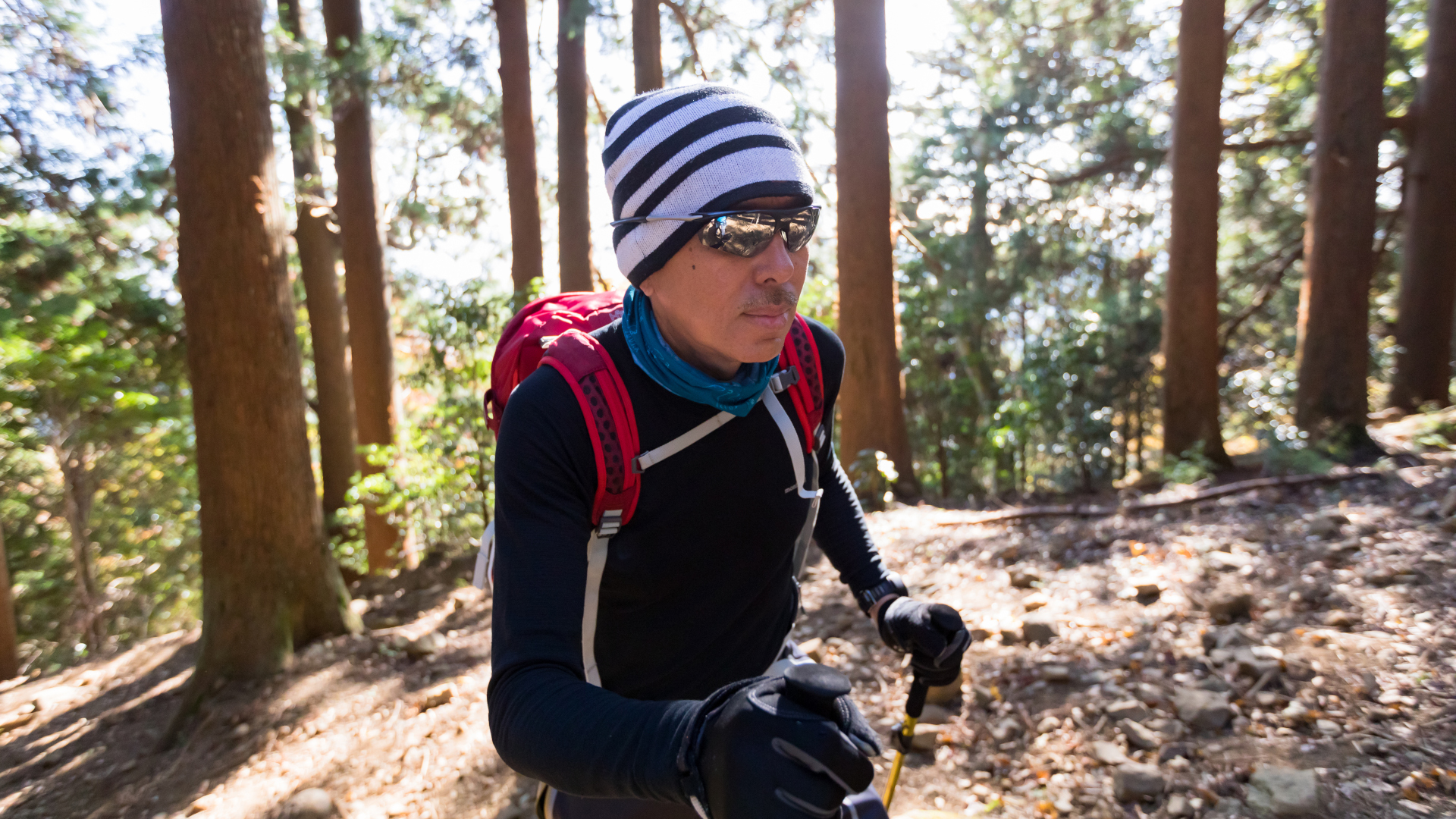What is a breathable fabric? And why is this quality so important?
What is a breathable fabric? We explain how this common feature in outdoor clothing works, why you need it and what types of fabric offer the best protection

"Of course, back then we didn't have the breathable, lightweight gear we all enjoy today," says just about every great adventurer who was active in the mountains before the advent of Gore-Tex, before we were all swanning around in Merino base layers, and when bamboo was just something koalas ate. Read the biographies, listen to the podcasts. It goes something like: "When you consider this, it makes the achievement all the more incredible."
Yes, these days, we're spoilt rotten by the quality of our technical, performance-oriented outdoor clothing. Breathability is a key quality of many pieces of outdoor gear, but what does it actually mean? We asked our hiking experts to answer this often asked question, revealing which fabrics are the most breathable and some examples that aren't.
What is a breathable fabric?
A breathable fabric is one that allows air to pass through it. This function helps keep you cool, by allowing warmth from your body to dissipate or by allowing cooler air to move in, so it’s particularly useful in hot weather or any time you are exercising, and it’s generally a good quality to seek out in active wear. As it turns out, the amount of air a fabric allows through it is highly variable, and the result can impact your comfort levels and performance.
Meet the experts

Julia is one of our expert gear testers and she has reviewed many wonderfully breathable products in her time. She has the ideal testing ground too – the magnificent Scottish Highlands are right on her doorstep.

Alex enjoys active pursuits in the mountains. In the warmer months, he loves taking a fast and light approach to the peaks, while he enjoys mountaineering action in the winter. He knows how crucial effective layering is and how important breathable fabrics are when it comes to keeping cool.
Today's best deals
Other sought after qualities
- In cold conditions, you want clothing that traps air and provides insulation
- In wet weather, you need clothing that's both waterproof and breathable

In contrast, if you’re in extreme cold temperatures and not exercising, you’ll be seeking materials and garments which trap air and insulate, such as down jackets and fleece jackets. For wet weather, you definitely want to seek out waterproof jackets and waterproof trousers that are made from breathable fabrics since these can become especially clammy otherwise and end up building condensation on the inside and defeating their own purpose. Check out our articles on Gore-Tex as well as other breathable waterproof fabrics to help you manage damp conditions.

What makes a fabric breathable?
Breathability is measured in a lab setting using a variety of methods, but basically it’s helpful to understand that a breathable fabric can be improved upon by the addition of other qualities, such as whether or not it allows moisture to pass through or dries quickly. Some fabrics are highly breathable but get soggy and stay that way once you break a sweat, which doesn't do a whole lot to improve your comfort levels. Furthermore, there are a few other factors that will affect the breathability of your garments:
- Weave: in general, a looser weave will allow more air to pass through the fabric while a tighter weave will be less breathable – you can hold a fabric up to the light to see how much shines through to determine if the weave is tight or loose.
- Weight: thinner construction will generally be more breathable than thicker clothing.
- Fit: for exercising, in order for breathable fabrics to work properly, it’s best if the clothing is worn next to your skin rather than a looser fit. If you’re just lounging around in the desert, loose clothes work just fine.
- Panels: lots of outdoor clothing now has built in mesh panels in areas where you are likely to sweat a lot such as under your arms – you’ll notice these are extra thin and feature a very loose weave.
Which fabric is most breathable?

A common question is what fabric is most breathable, but as we’ve already mentioned for the purposes of exercising, it’s important to understand that not all breathable fabrics are actually ideal for working out in. For example, cotton and linen are both highly breathable fabrics, however both absorb moisture which make them poor choices for hiking or running in. It’s also helpful to know that most clothing is made from a blend of several different materials – for example, a bamboo running top might also contain cotton and elastane – which will affect its overall performance. Below, we compare a few common breathable fabrics used in outdoor gear to show how their breathability doesn't always give the whole picture.
| Header Cell - Column 0 | Breathability | Moisture wicking | Quick drying |
|---|---|---|---|
| Merino wool | Very breathable | Yes | Yes |
| Bamboo | Highly breathable | Yes | No |
| Cotton | Highly breathable | No | No |
| Rayon | Breathable | No | Yes |
What is not a breathable fabric?
- Nylon and polyester aren't actually as breathable as wool and bamboo
- However, they are moisture wicking, quick drying and durable

Interestingly, while nylon and polyester commonly show up in active wear, their breathability really varies according to weave and many garments made using a high content of either fabric can actually feel quite clammy once you break a sweat, especially if you wear them in humid conditions. However, these fabrics are more durable than natural alternatives like wool and bamboo, quick drying and they do wick moisture, so if you’re in a dry climate, you might be willing to make the trade-off for something that lasts longer. Viscose also has less breathability and fleece is designed to insulate by trapping air, so it should come as no surprise that it doesn't typically breathe.
All the latest inspiration, tips and guides to help you plan your next Advnture!
Julia Clarke is a staff writer for Advnture.com and the author of the book Restorative Yoga for Beginners. She loves to explore mountains on foot, bike, skis and belay and then recover on the the yoga mat. Julia graduated with a degree in journalism in 2004 and spent eight years working as a radio presenter in Kansas City, Vermont, Boston and New York City before discovering the joys of the Rocky Mountains. She then detoured west to Colorado and enjoyed 11 years teaching yoga in Vail before returning to her hometown of Glasgow, Scotland in 2020 to focus on family and writing.
